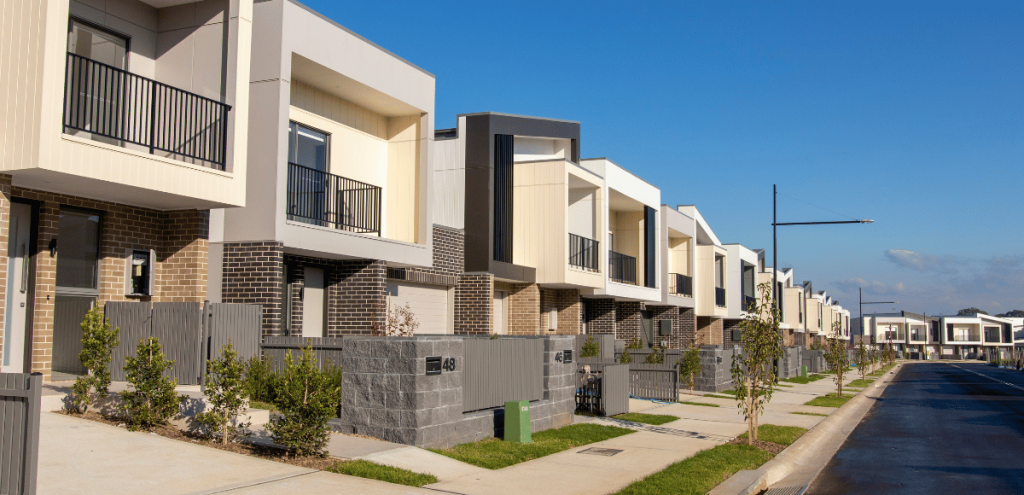House sellers seem to have decided now is the time to take action, the Real Estate Institute’s latest data shows.
Its statistics for February show the number of new listings coming on to the market lifted more than 60% compared to January, and 44.8% compared to a year earlier, to 11,788.
That big increase in listings meant that despite a 40% increase, year-on-year, in the number of properties being sold, total stock levels lifted to 31,424 for sale, up 8.1% compared to February 2023.
Real Estate Institute chief executive Jen Baird said the increase in activity was seen in various parts of the market.
She said agents were seeing more investors and first-home buyers turning out to open homes.
“In the regions, there is an increase in property investment and certain sales volume numbers are reflecting that,” she said.
“Although still below the average February sales count of 60 (2015-2022), Gisborne particularly stands out with remarkable increases in this month’s data. This surge in sales activity suggests strong demand from buyers post the devastating effects of Cyclones Hale and Gabrielle this time in early 2023.”
The national median sale price was up 3.1%, year-on-year, to $790,000. Auckland’s median increased past the $1 million mark again, to $1.025m. Excluding Auckland, the national median was up 3.6% to $710,000.
The house price index, a measure designed to smooth volatility caused by the make-up of sales, was up 3.1% compared to February 2023.
Westpac senior economist Michael Gordon said, although the housing market was more active in February, it still seemed to be treading water.
“House sales rose by 14% in seasonally adjusted terms in February. That followed a 6% decline in January (revised up from -9%), with the fall and subsequent rebound largely occurring in Auckland. The level of sales is now back to around where they were in mid-2023.
“Given that there was a surge in new listings in February, it was perhaps inevitable that we’d see a lift in turnover as well. On balance, though, the stock of unsold homes is still rising, which is a negative signal for prices in the near term.”
But he said that the softness would eventually give way to a period of stronger activity, driven by a surge in population growth and a change in investor sentiment. He said it would take a fall in home loan interest rates for real change to take hold.
Kiwibank economists said confidence was improving and they expected to see house prices rise 5% to 7% over the year ahead.
Baird said that overall, the data painted a picture of a more active housing market in New Zealand, characterised by increasing listings, robust sales activity, expanding stock levels, and growth in property prices.
“We are looking at the back of the Government’s 100-day plan and the changes to the bright line test back to two years and the latest reintroduction of interest deductibility on investment properties for landlords,” she said.
“With a significant increase in property listings, the rise in the total number of properties sold, and an increase in the median sale price, some buyers are holding out for the ‘right’ property while others are getting ‘into the market’ before competition rises as investors return. This buoyancy is a positive sign that we haven’t seen for a while.”
Time to talk?
Are you thinking about making a property purchase, or just wondering about what the future might hold for interest rates? If it’s time to take out a new home loan, or check your current strategy is still appropriate for you, get in touch with us. We are happy to help.
Disclaimer: Please note that the content provided in this article is intended as an overview and as general information only. While care is taken to ensure accuracy and reliability, the information provided is subject to continuous change and may not reflect current developments or address your situation. Before making any decisions based on the information provided in this article, please use your discretion and seek independent guidance.

